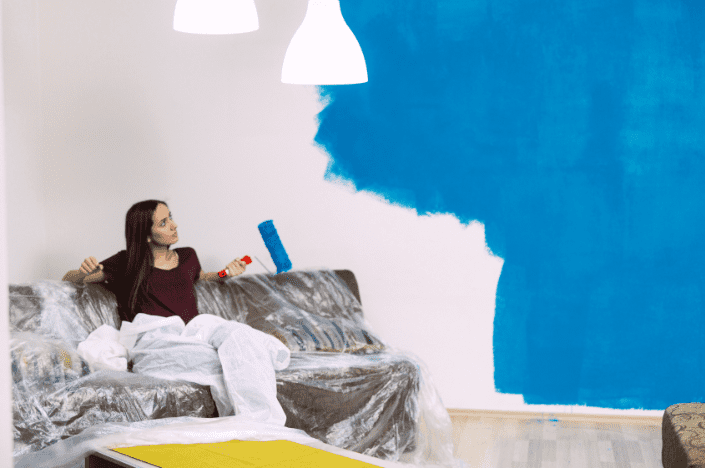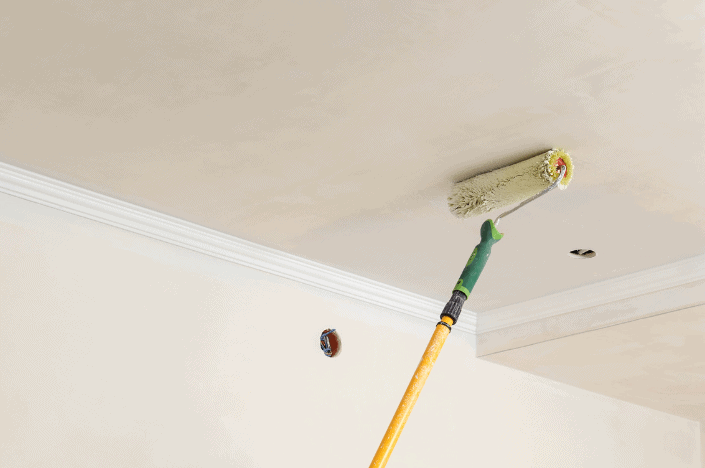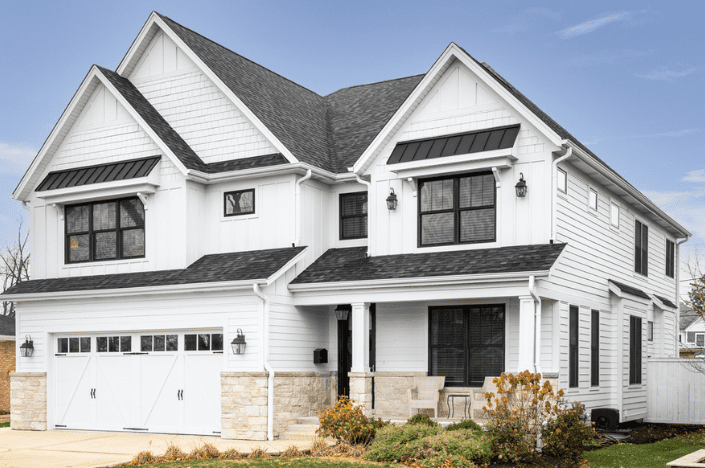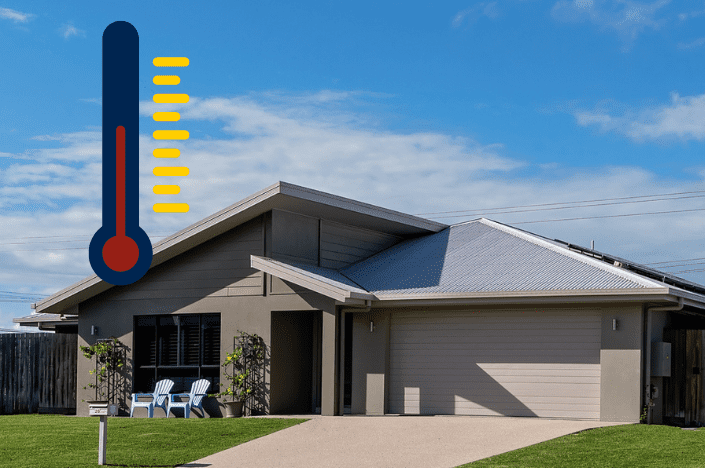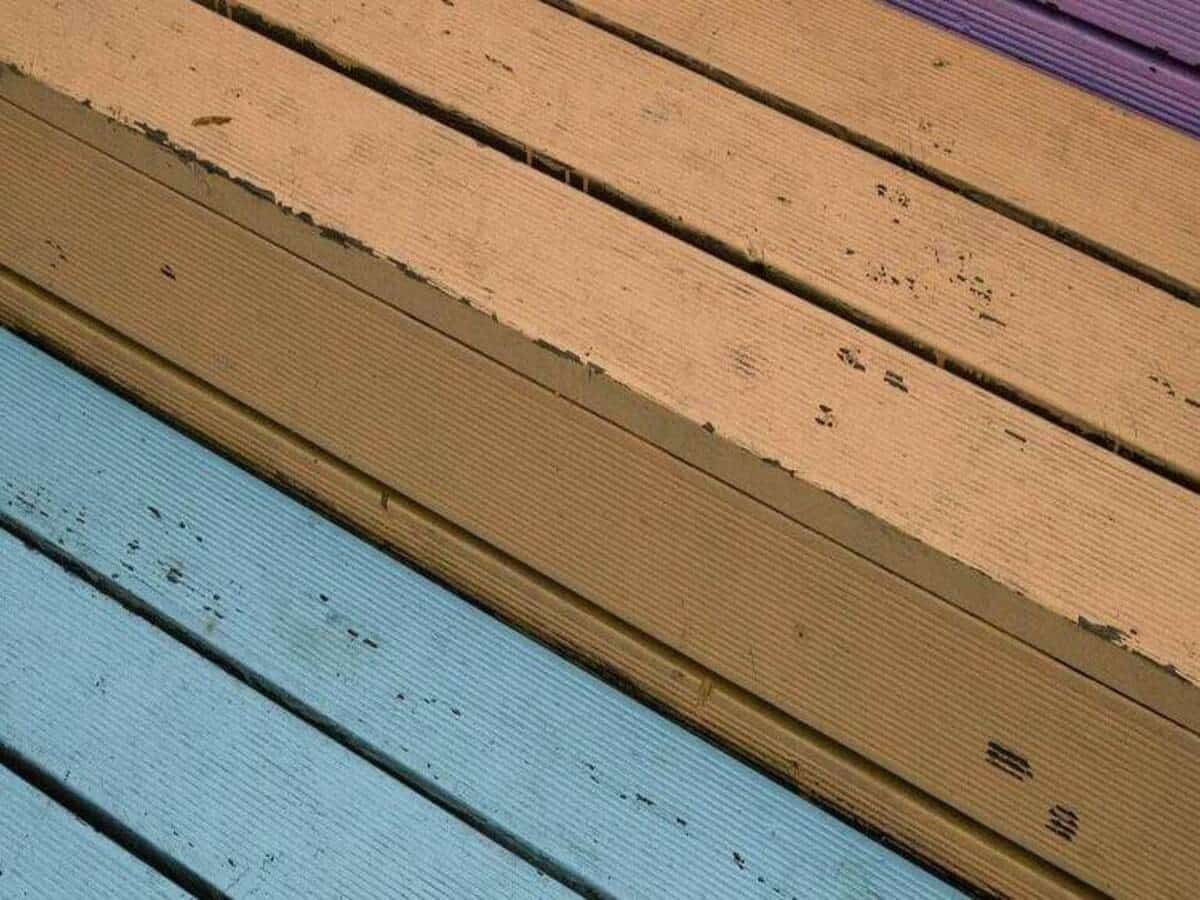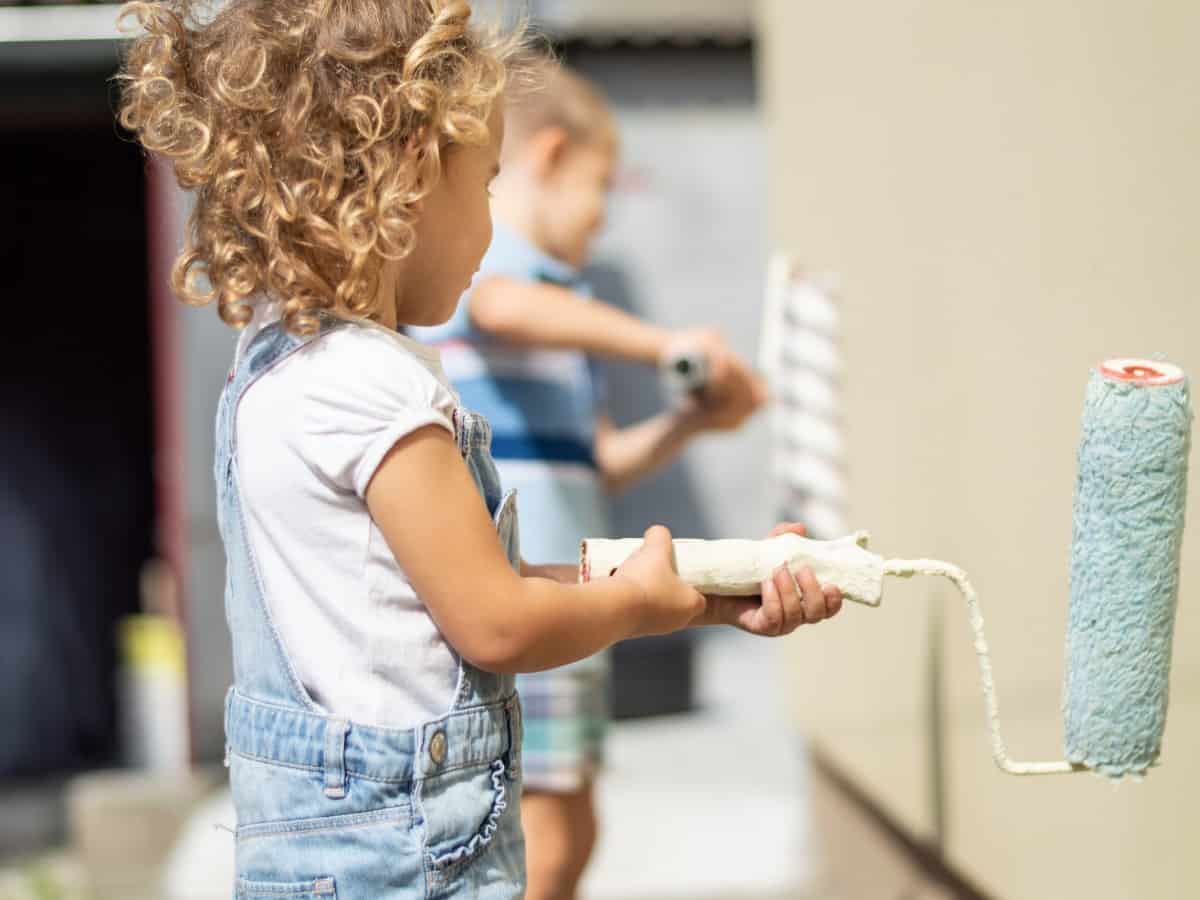You will see hundreds of color variations and examples in the color shade cards in a paint store when you are choosing the best color…
Google Rating
5.0
Based on 267 reviews

Colorado Commercial & Residential Painting
5.0


Katherine T.
1750350568
Great communication, fair pricing, and a great looking finished product! We had two sections of unevenly... faded siding on the south-facing gables of our house. They did a great job matching the color and made it easy to get the work we needed done.read more

Hannah B.
1750186875
Great work by the team. We were able to walk through everything with the project manager beforehand and the... team that painted did a wonderful clean job on our home.read more

Hoppy M.
1749615914
1. Sales process was straightforward with detailed explanation2. Project managers were great at... communicating updates and keeping in touch3. Painters worked very hard and did a fantastic job bringing a vision to life - complete with paint, lime wash, and a bright door!We love how our house come out!read more

Bart D.
1749489051
Kevin and his Team was one of the most professional groups I have worked with over my design and build career... in the business for 36 years now. Their care for meeting all aspects of design intent and attention to every detail for quality was superior.We are in development with our next project of 12 units in Colorado and look forward to working together on each.One time, on budget and high quality work was the best results we could ask for and they achieved at the highest levels.SincerelyBart DeLorenzoDeLorenzo Productionsread more

Jason D.
1748633297
They did amazing and they were very professional. They addressed any and all questions in a timely manner.... Thank you againread more

Robert T
1748093937
Very easy to work with and expert results. I was impressed that they did the whole job in one day including... some serious prep work. Lots of scraping and caulking. The house looks great with all the boards tightened up and the new coat of paint. Would recommend CCRP without hesitation.read more

William K.
1747922955
Our experience with Colorado Painting could not have been better. From the prompt and friendly communication... surrounding the estimate for the exterior paint job, to the efficient and quality painting on the finished product. All aspects of the experience were top notch, fairly priced, and completed in a professional manner.read more

Matthew M.
1747851073
Impressive work for painting the entire interior of the home. Minimal touch ups needed at the end. Company... has the ability to resurface uneven areas with sanding and texture. Pricey but worth the end result.read more

alison B.
1747412020
We had a great experience from the beginning to end of our painting project! The original sales/quote... process was so professional and the painting went quickly and was done very professionally. This is our second very successful experience with Colorado Commercial & Residential Painting. We'll use them again!read more

Peter H.
1747158639
Colorado Painting provided an excellent quality of work for our exterior and interior house painting... projects. The staff and painters were professional, friendly and very easy to work with during the projects. We are very happy with the final painting project. We recommend the company.read more

C C.
1746828733
Colorado Commercial & Residential Painting recently painted the exterior of our house. We received... competitive bids from other companies, but Colorado Painting stood out from the rest with their professional, knowledgeable, and courteous service.Hayden provided a comprehensive project plan of what repair work needed to be done and what materials would be use. Osman and his paint crew did an impeccable job making sure all surfaces were well prepped and taped off to catch any overshoot. When doing the inspection after the painting was completed we could not find any missed spots or places that needed paint reapplied. They also painted our rod iron deck railings and they look brand new.We would definitely not hesitate to hire Colorado Commercial & Residential Painting for any future painting needs.read more

Holly G.
1746103159
The team was a pleasure to work with and the job was very well done. I couldn't be happier. The whole process... was smooth, and they were very communicative throughout the whole process. I highly recommend them!read more


Taylor L.
1744732906
We are very happy with the paint job they did on the exterior of our house! From the initial quote and... scheduling, to the prep, painting, and then the follow up quality check at the end, everyone at Colorado Commercial & Residential Painting made what felt like a daunting task a very seamless and enjoyable experience. The quote was reasonable and the team was professional and friendly. We have already recommended them to neighbors and friends!read more

Patricia W.
1743023164
Colorado Commercial &Residential Painting took on my project to paint my home. It had not been painted in 15... years, was dirty, peeling and chipping. They bid a competitive price without upselling. They did a beautiful job of washing, refurbishing and painting my home. It looks brand new and I would strongly recommend them!read more

Mike B.
1742737913
I hired Colorado Commercial and Residential Painting to repaint my townhouse from top to bottom. The work... was AMAZING. The final walkthrough was so great that I had nothing on my punchlist for them to fix! If you are considering a makeover, hire them!read more

Todd V.
1741651772
Colorado Commercial and Residential Painting recently completed painting nearly 100% of our house’s interior.... As the original owners of our 1999 home, we felt it was time for a change. Before the painters arrived, I decided to upgrade all our doors to solid core for a more high-end feel. I purchased pre-primed doors, installed them myself, and did some preliminary prep work.The painting team assured me they would make the doors and woodwork look amazing, and they delivered on that promise. They sprayed all the trim and new doors and rolled the walls with a new, lighter color. Even though I had prepped the doors, I noticed them improving some of my workmanship. They weren’t going to mention it, but I’m glad they did. The woodwork and doors now look like they belong in a 5-star hotel.Honestly, our house looks brand new and even better than the day we moved in back in 1999. Before selecting this company, I did some research with friends. While you can find cheaper bids out there, I believe you get what you pay for. Spraying the trim makes such a significant difference that it’s worth the extra work, additional cost, and minor inconvenience it causes.The team was highly communicative, very professional, and responsive to our needs throughout the five days they were here.I would definitely use them again and plan to do so for some exterior updates this summer.read more

Pamela S.
1741629327
Leo and his team did an amazing job painting our main level - ceilings and all! Colorado Painting is so... helpful and friendly. The color they helped pick out with me is perfect. They are friendly, helpful, and neat! Thanks Colorado Painting!read more

Josh S
1741362803
We have completed several projects over the years with CCRP including basement and bathroom remodels... involving tricky finish, texture and paint work, all of which were great experiences - fast and high quality work. I love finding locally owned and operated businesses that are a part of the community - you won't regret working with this company.read more
Residential Painting
Get a free quoteWhat Our Painting Customers Say



























Ready to Get Started?
We can’t wait to hear from you. Contact The Best Denver Painting Contractors today!











